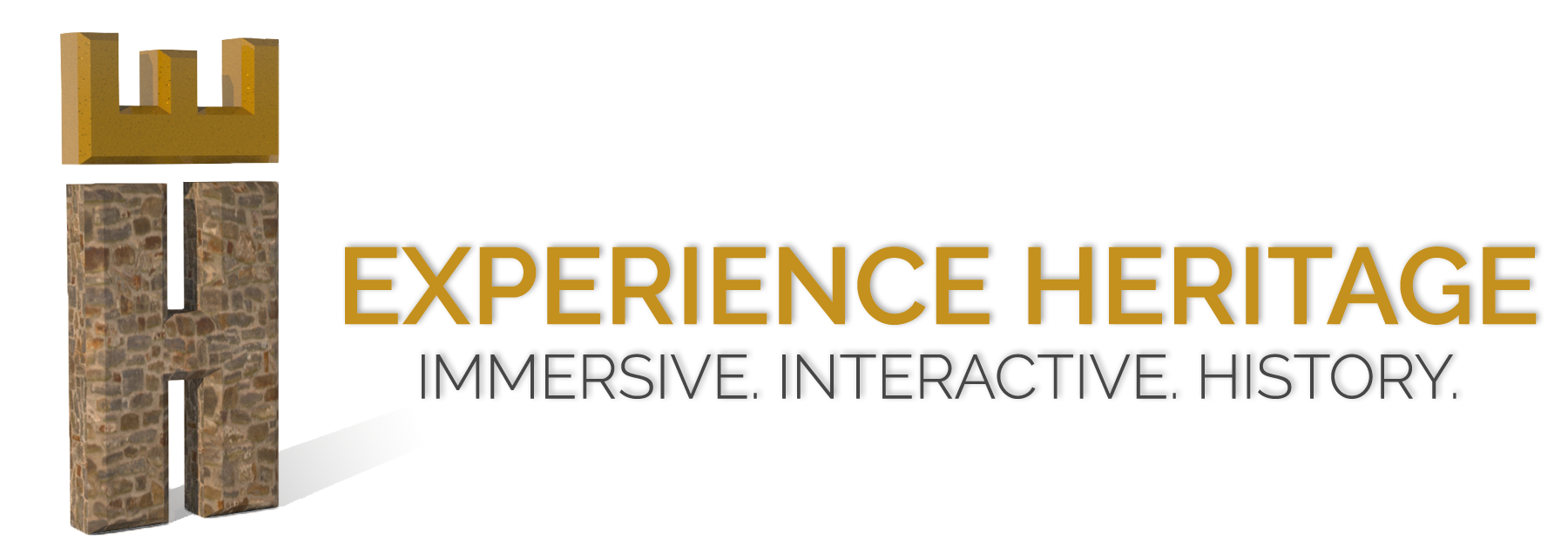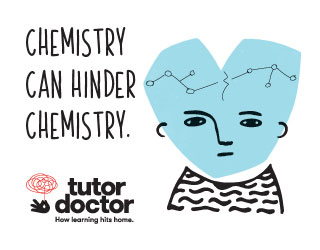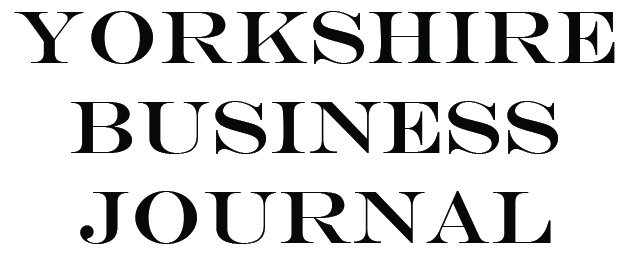Experience Heritage

Immersive and Interactive Heritage Digital Technologies
Name: Bethany Watrous
Website: www.experience-heritage.com/
Position in the company: Director
Years with the company: 1.5
Number of employees: 4
Could you please introduce us to the expertise and experience of your team?
My background is in archaeological research, 3D modeling, film and image modification. I received my Master’s in Archaeology of Buildings focusing on digital 3D reconstruction in 2018, and taking that combinational focus, I felt I could fill a gap in the market where digital visualisations and the importance of authentic historical and archaeological record meet.
My team includes a software development expert who’s worked for almost 20 years in mobile and web development, an archival materials and research consultant and a GIS and mapping consultant.
How can digital technology help us engage with the past?
In the heritage sector, digital technology is all about making history accessible. Whether it’s a virtual reconstruction of a lost castle, a heritage trail mobile app, or a digital animation demonstrating the movement of a now-unmovable object, our clients are able to provide an opportunity for their audiences to better connect with their story. The public can gain a better understanding of the lost, changed or fragile.
What new technologies are you considering adopting and how will these impact the business?
We’re currently developing our augmented reality offerings and plan to begin work on a large-scale AR app series which, I believe, will help us to scale up as a company. We’re also exploring partnerships with video production companies to develop 360˚ virtual tours and multi-platform heritage site experiences. Our clients are having to adapt to the effects of the current pandemic and we’re working on creating solutions so that we can all move forward, in that respect, as business resumes.
What are Experience Heritage main weaknesses and how do you plan to overcome these problems?
Because of the current crisis and resulting smaller workload, I’m still unable to hire full time staff which limits our offerings. However, I’m participating in several schemes which may help me to expand in the near future. I’m taking part in the University of York and Santander Universities SME Internship Programme which will help fund a summer intern to develop our company’s marketing. I’m participating in the Santander Emerging Entrepreneurs Programme which could lead to investment funding and I’ve also applied for the University of York Venture One investment which would help in the same way if accepted.
Could you please tell us more about the Santander Emerging Entrepreneurs programme for 2020 and how it could benefit Experience Heritage?
The Santander Emerging Entrepreneurs Programme is ultimately a competition for different investment prizes as well as an accelerator program. As a selected company, I’ll be able to participate in an educational series, workshops and pitch training session throughout the summer. In September, companies pitch for a chance to win equity-free seed funding of up to £30,000, mentoring from business experts and a fully funded intern. If we’re successful in winning one of the investment prizes, it’ll give us a better opportunity to hire more staff and further our augmented reality project.
Where digital technology meets archaeological research – with virtual reality you will be able to “bring” museums and archaeological sites to people’s homes. Which current projects are you working and could you please elaborate on your expansion strategies?
Unfortunately, because of the current crisis, many of my potential clients (which include historic houses, museums, university groups etc) are in hibernation at the moment with any available funds going to keeping themselves running. Just before the country went on lock down, however, we had just completed two projects. The first was the Discover Tang Hall heritage trail mobile app made for a group within the Tang Hall community of York which provides three heritage trails for users: people, places and green spaces. The second project was a digital animation of an historic dolls’ house at Nostell Priory, which is a property of the National Trust. For this, we used a technique called photogrammetry to create a digital model of the dolls’ house and its doors (which are no longer connected) and created an animation to show how the doors would slide open and shut. The resulting video will be incorporated as part of the dolls’ house exhibit.
As far as expansion strategies, I’ve briefly mentioned our plans to develop an augmented reality application which will incorporate historic city tours and AR to help tell the story of a city’s past and make that past more accessible to visitors. If we’re successful in obtaining seed-funding, we’ll be able to expand on this idea which will allow us to hire more staff and grow further as a business.
What is the link with the University of York? How much did the University of York contribute to Experience Heritage and how much do you think it could further assist?
My Master’s was completed at the University of York. Since then, I’ve been plugged in with the community working with the Phase One incubator located at the University campus. I’ve also been connected with the Enterprise Team who’ve endorsed my Startup Visa, allowing me to remain in the UK (I’m originally from the United States). Several of my clients have come through my connections within the archaeology department and I think this connection will lead to further work and potential funding opportunities.
As a recent start-up one of the major objectives is to achieve revenue – what are your sales strategies? I suspect not only tourism focussed agencies could be interested but also schools, hence you have an ample target audience.
One of our main sales strategies is to stand out as a leading expert in the field and establish ourselves as the go-to for specific specialties like photogrammetry, researched 3D modeling and augmented reality for heritage sites. However, as you say, there are many implications for the work we do, it doesn’t have to strictly remain in the heritage sector. I’ve already been approached by people within the educational sector and I think there are a lot of crossovers that could be pursued. Our work is a really up-and-coming field at the moment and I think if we can prove that we do a few things really well, we can establish ourselves as one of the leaders as that field expands.
We are looking for businesses to interview.
CONTACT USPlease contact us and increase your company online visibility


